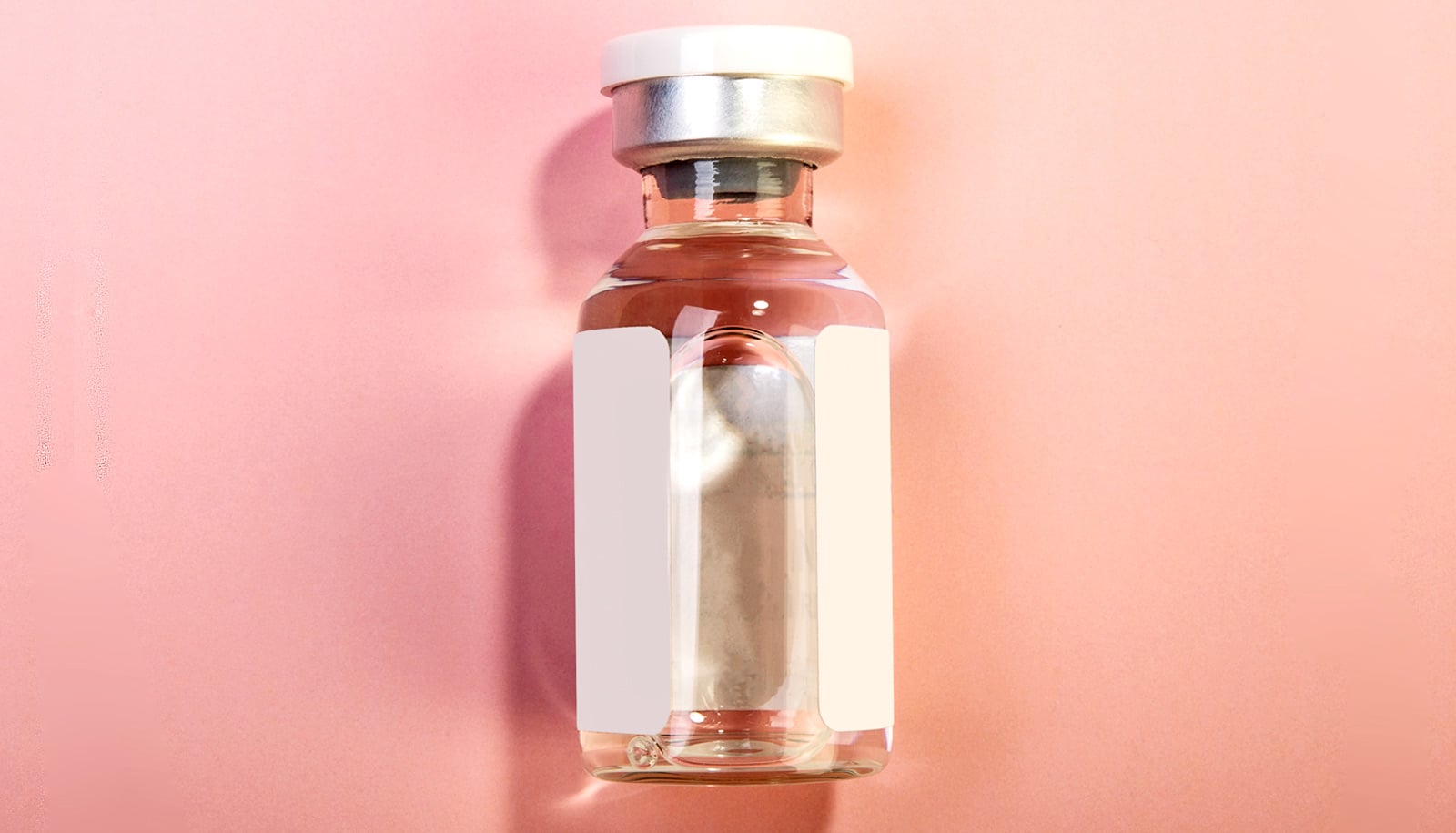
(Credit: Getty Images )
1 protein may shield women from herpes ‘neuroinvasion’
A protein called IL-36g could keep the herpes virus from spreading to the nervous system in women, researchers have discovered.

A pro-inflammatory protein could play an important part in improving current and future therapeutics for the herpes virus, according to new research.
Researchers investigated whether the protein IL-36g is an essential component of the immune response to a herpes infection, or if other mechanisms can compensate for a lack of it.
Cytokines, proteins essential to the immune system, coordinate the response to pathogens and allow for cell-to-cell communication. Researchers identified IL-36g, a pro-inflammatory cytokine, 20 years ago. Over the years, researchers have shown that it exhibits an important function in chronic inflammatory diseases, but only recently have scientists studied its role in infectious diseases such as herpes.
“We were the first group to detect IL-36g in the female reproductive tract and have been extending this work to evaluate the extent that this molecule can protect against, or contribute to, genital infection,” says senior and corresponding author Melissa Herbst-Kralovetz, associate professor in the basic medical sciences department at the University of Arizona College of Medicine-Phoenix.
“Researchers have worked for decades to develop a vaccine to protect against genital herpes, but none has successfully passed through clinical trials,” says lead author Jameson Gardner, a graduate research student in Herbst-Kralovetz’s laboratory.
“These efforts have taught us so much about the immune response in the female reproductive tract, but the lack of success potentially indicates that we need to better understand important underlying immune mechanisms in the female reproductive tract as we seek to improve women’s health.”
Despite the widespread use of antiviral medications to treat genital herpes, more than 260 million women worldwide are living with this lifelong infection and transmitting it to new individuals daily.
After the initial genital herpes simplex virus 2, or HSV-2, infection in the vaginal epithelium, the virus spreads through the nervous system, where it establishes latency. The virus goes into “hiding,” where it persists for a lifetime and periodically reactivates, causing lesions.
“We really were excited to see that after intravaginal HSV-2 infection, the virus was able to spread systemically throughout the nervous system and to the brain in those lacking IL-36g, whereas our control group, which had the gene intact, was significantly more protected against HSV-2 spread in the nervous system,” Gardner says. “We’ve shown that IL-36g appears to function in a previously uncharacterized manner to protect against virus neuroinvasion (an infection that affects the nervous system).”
“We stumbled across this neuroinvasion finding and we were able to confirm that IL-36g is limiting the spread of virus from the genital tract to the nervous system,” Herbst-Kralovetz says.
The precise mechanism in which IL-36g protects against neuroinvasion is unknown, but is an exciting and important area of future research.
In addition, researchers concluded IL-36g played a critical role in recruiting neutrophils, a type of white blood cell that protects against invading pathogens.
“Our understanding of how IL-36g functions can aid in the development of novel therapeutics to protect against—and hopefully decrease—the burden of STIs around the world,” Gardner says.
“The global disease burden of sexually transmitted infections is huge, and this work helps us to better understand the role IL-36g plays in the female reproductive tract and how that could impact women’s health in general.”
The research appears in the Journal of Immunology.
Funding for the research came from the National Institutes of Health and the Valley Research Partnership Grant P12.
Source: Teresa Joseph for University of Arizona
The post 1 protein may shield women from herpes ‘neuroinvasion’ appeared first on Futurity.
Share this article:
This article uses material from the Futurity article, and is licenced under a CC BY-SA 4.0 International License. Images, videos and audio are available under their respective licenses.
Related Articles:
Without ‘mind bomb’ protein, adenovirus infection fails
Dec. 27, 2019 • futurityVaccine prevents genital herpes in animal tests
Sept. 23, 2019 • futurityLinks/images:
- https://www.futurity.org/viruses-immune-system-infections-1672972/
- https://www.futurity.org/chlamydia-prevention-management-1905382-2/
- https://doi.org/10.4049/jimmunol.1900280
- https://uanews.arizona.edu/story/study-finds-inflammatory-protein-can-protect-against-spread-herpes-virus
- https://www.futurity.org/herpes-virus-protein-il-36g-2202052/
- https://www.futurity.org


